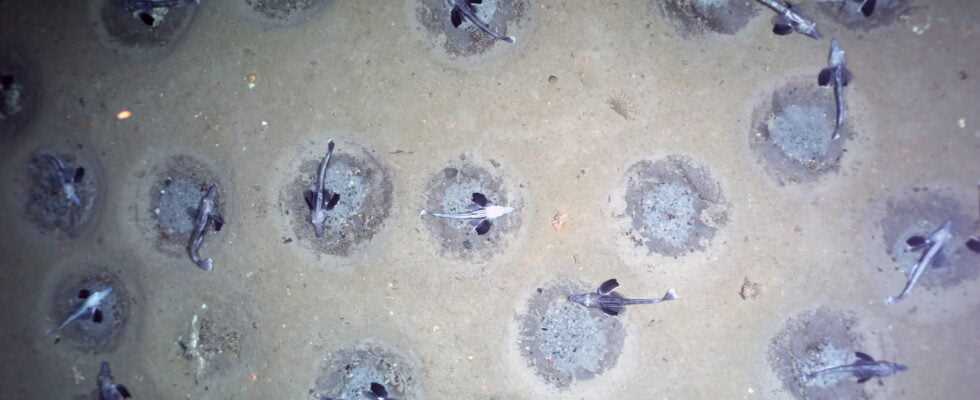The Antarctic Weddell Sea is one of the last largely untouched sea areas on earth with an overwhelming biodiversity. So far, however, the international community has not been able to bring itself to protect the region. A find by Autun Purser from the Alfred Wegener Institute in Bremerhaven and his team could now encourage efforts – or arouse desire. The working group reports in “Current Biology” that they have found the world’s largest fish breeding area known to date.
Up to 60 million ice fish of the species Neopagetopsis ionah lays its eggs near the Filchner Ice Shelf in the south of the Antarctic Weddell Sea. With the help of the cameras of a diving robot, the participants counted an average of one nest per three square meters, in some places there were even two active nests per square meter. A more detailed mapping of the area suggests a total area of 240 square kilometers used by the animals. An extrapolation then came to the enormous number of nests. “The idea that such a vast breeding ground for icefish in the Weddell Sea has remained undiscovered is absolutely intriguing,” says Purser.
In order to study the area, the deep-sea biologist and his on-site team had to improvise a bit, as the submersible robot is not actually designed for this type of exploration. However, since the nests were significantly larger than the other objects observed by the device, it was possible to cover a larger area with them. “We were therefore able to increase the height above ground to around three meters and the towing speed to a maximum of three knots, thus multiplying the area examined. We scanned an area of 45,600 square meters and counted an incredible 16,160 fish nests on the photo and video material,” says Autun Purser.
